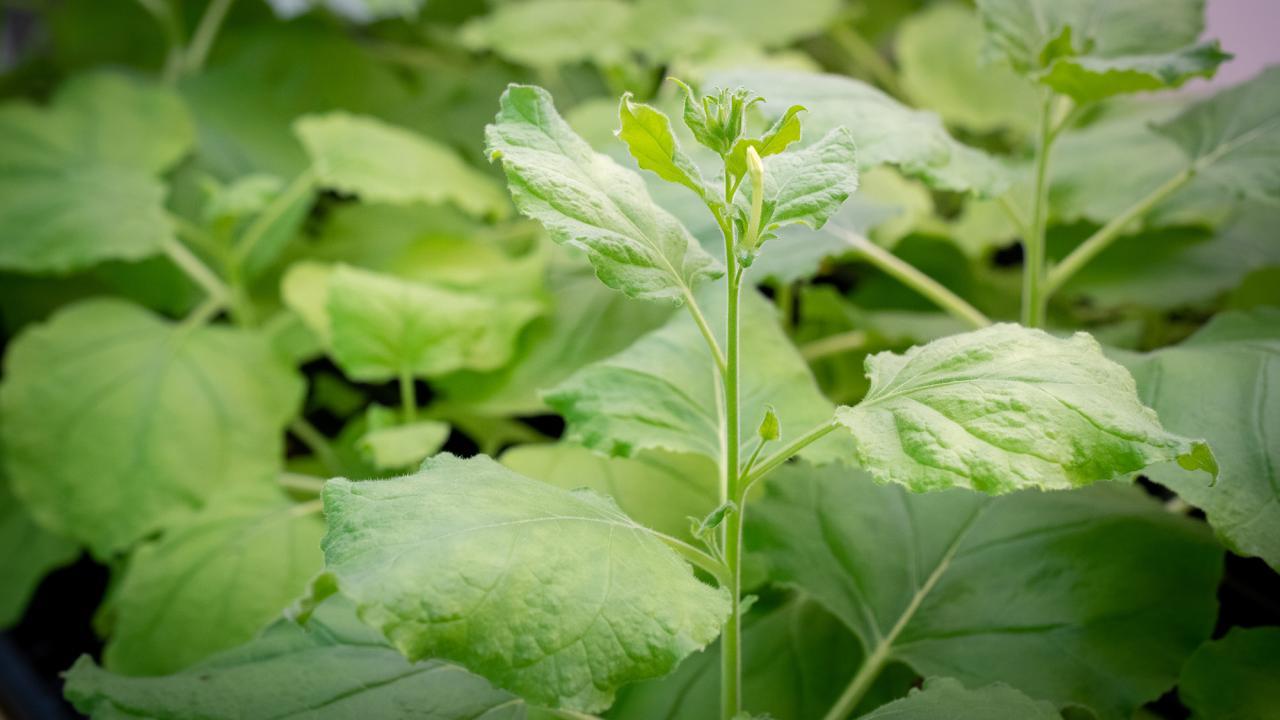
How Plants Become Bushy, or Not
New study sheds light on the hormone that controls how a plant branches
For many plants, more branches means more fruit. But how does a plant branch or not branch? New research from the Department of Plant Biology has shown how plants break down the hormone strigolactone, which suppresses branching, to become more “bushy.” Using a combination of structural biology, biochemistry, and genetic engineering, the team confirmed the specific enzymes responsible for dismantling strigolactone, and their mechanism. Understanding how strigolactone is regulated could have big implications for many crop plants. The study was published August 1 in Nature Communications.
“Being able to manipulate strigolactone could also have implications beyond plant architecture, including on a plant’s resilience to drought and pathogens,” said senior author Nitzan Shabek, an associate professor of plant biology who specializes in biochemistry and structural biology.
Strigolactone’s hormonal role was only discovered in 2008, and Shabek describes it as “the new kid on the block” for plant hormone research. In addition to regulating branching behavior, strigolactone also promotes beneficial belowground interactions between mycorrhizal fungi and plant roots, and helps plants respond to stresses such as drought and high salinity.
Read the full story here.
